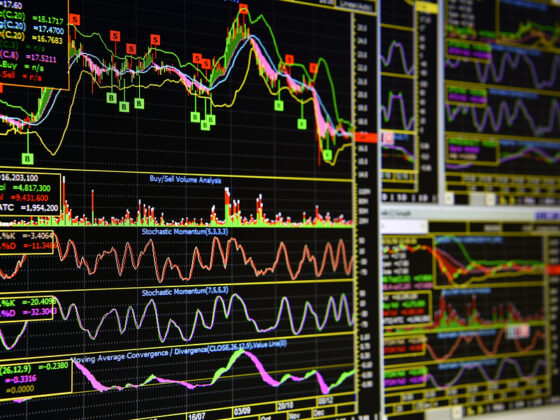Gold prices fell on Friday morning, after president Donald Trump said that the US and China had signed a trade agreement.
Gold futures (GC=F) were down 1.4% at $3,302.90 an ounce at the time of writing, while the spot gold price fell 1.3% to $3,286.35 per ounce.
“We just signed with China yesterday,” Trump said during a briefing at the White House on Thursday, though he did not provide further details.
In addition, US commerce secretary Howard Lutnick suggested that the White House had imminent plans to agree deals with its major trading partners.
Read more: FTSE 100 LIVE: Stocks higher as US and China sign trade agreement, US says 10 deals imminent
“We’re going to do top 10 deals, put them in the right category, and then these other countries will fit behind,” Lutnick said in an interview with Bloomberg.
The developments eased investor concerns about trade tensions, as Trump's 9 July reciprocal tariff extension deadline draws closer, with stocks rising on Friday morning, denting the appeal for gold as a safe-haven asset.
The White House Council of Economic Advisers chairman Stephen Miran told Yahoo Finance on Thursday that he expects the Trump administration to extend the tariff pause for countries negotiating “in good faith”.
“I mean, you don't blow up a deal that's that's in process and making really good faith, sincere, authentic progress by dropping a tariff bomb in it,” Miran told Yahoo Finance's Brian Sozzi.
Oil prices rose on Friday morning but were still on track for a weekly loss, as a ceasefire between Iran and Israel appeared to hold, calming worries about disruption to supply.
Brent crude (BZ=F) futures were up 0.5% to $67.04 per barrel, at the time of writing, but are down nearly 13% over the past five days. West Texas Intermediate futures (CL=F) gained 0.5% to trade at $65.59 a barrel but are down 12.5% over the past five days.
Read more: Why BP could still be a target as Shell quashes takeover rumours
Derren Nathan, head of equity research at Hargreaves Lansdown, said that Brent crude (BZ=F) prices “look to have dismissed the possibility of further Middle East disruption with prices down by over $10 from highs earlier in the week.
“Despite tightening inventories in the US and increasing optimism about the scope of tariffs the improving demand outlook isn’t driving prices higher with focus shifting to next month’s OPEC+ meeting where further production hikes are widely expected.”
The pound continued to trade at nearly four-year highs against the dollar (GBPUSD=X) on Friday morning, edging 0.2% higher to $1.3749, amid bearish sentiment towards the dollar.













